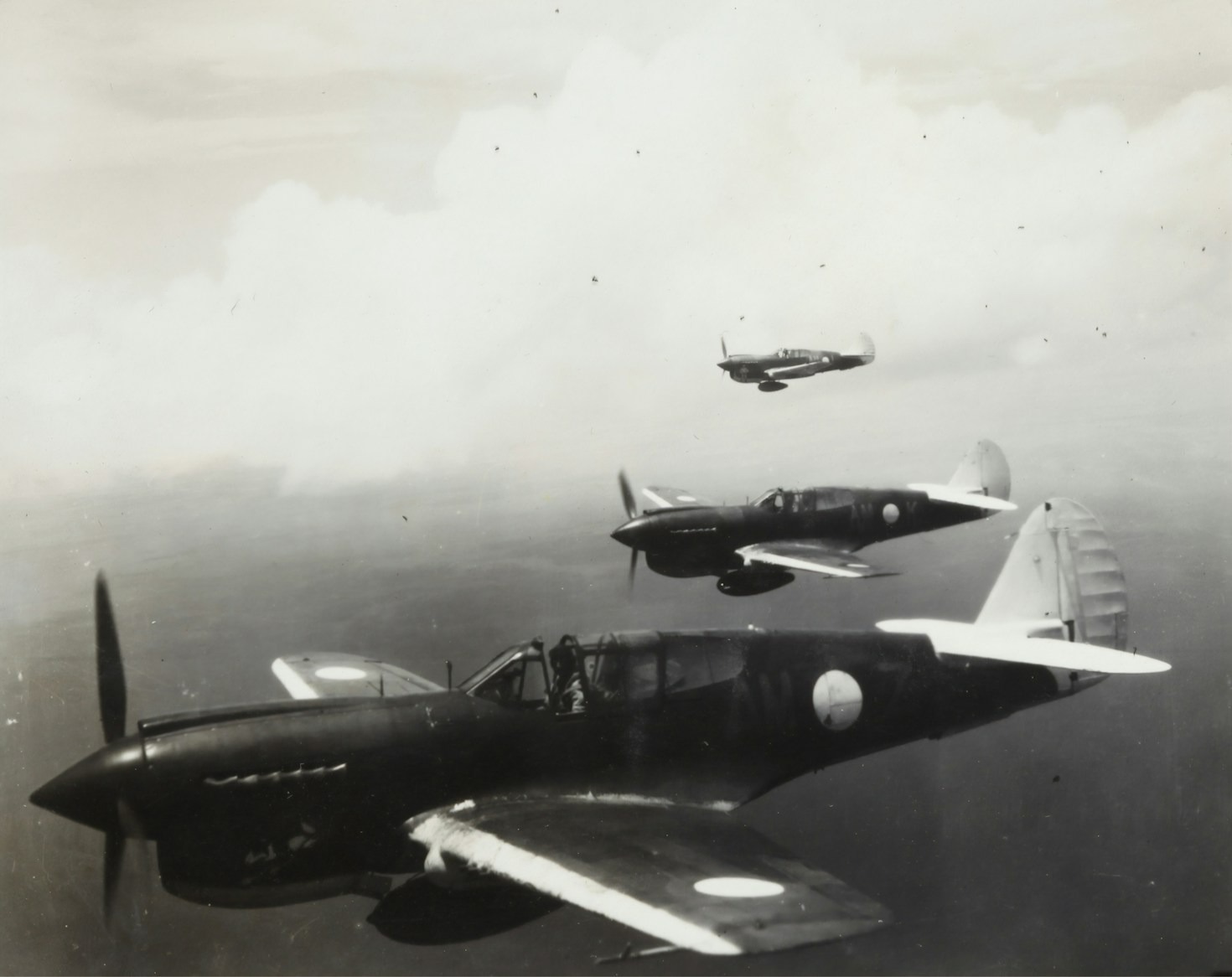World War II revolutionized the role of air power in military strategy, transforming it from a supporting role to a dominant force in modern warfare. The conflict showcased the strategic, tactical, and technological advancements that shaped the use of aircraft in combat. From the Blitzkrieg tactics of the Luftwaffe to the strategic bombing campaigns of the Allies, air power played a decisive role in the outcome of the war.
Early War: Air Superiority in Blitzkrieg
At the onset of World War II, Germany’s Luftwaffe demonstrated the effectiveness of air power in combined arms warfare. The Blitzkrieg (“lightning war”) strategy relied on fast-moving tanks and infantry, supported by bombers and fighter aircraft to disrupt enemy defenses. This tactic was instrumental in the rapid conquests of Poland, France, and the Low Countries. The Messerschmitt Bf 109, a highly effective fighter, provided air superiority, while the Junkers Ju 87 Stuka dive bombers struck key targets with precision.
The Battle of Britain: The First Major Air Campaign
One of the most significant air battles in history, the Battle of Britain (1940), demonstrated the strategic importance of air superiority. The German Luftwaffe launched a massive bombing campaign against Britain, intending to weaken its defenses for an invasion (Operation Sea Lion). However, the Royal Air Force (RAF), equipped with the Supermarine Spitfire and Hawker Hurricane, successfully defended British skies. The use of radar and an effective command-and-control system gave the RAF an advantage, marking the first major defeat for Nazi Germany.
Strategic Bombing: The Allies Take the Offensive
As the war progressed, the role of strategic bombing became a cornerstone of Allied strategy. The United States Army Air Forces (USAAF) and the Royal Air Force launched extensive bombing campaigns against German and Japanese industrial centers. Aircraft like the Boeing B-17 Flying Fortress and the Avro Lancaster conducted precision and area bombing raids, aiming to cripple enemy war production and morale. The firebombing of Dresden and the bombing of Tokyo exemplified the destructive power of air warfare.
The Pacific Theater: Carrier-Based Air Power
In the Pacific, air power took on a different role, with aircraft carriers becoming the primary strike platforms. The Battle of Midway (1942) showcased the decisive impact of naval aviation, where American carrier-based aircraft destroyed four Japanese aircraft carriers, shifting the balance of power in the Pacific. Fighters like the Grumman F6F Hellcat and bombers like the Douglas SBD Dauntless played a critical role in gaining air superiority over the vast oceanic battlefield.
The Role of Airborne Troops
Air power was not limited to bombing campaigns; airborne forces also became a key component of military operations. Paratroopers from the U.S. 101st and 82nd Airborne Divisions played crucial roles in operations like D-Day (1944) and Operation Market Garden. These troops were dropped behind enemy lines to secure key positions, demonstrating the versatility of air power in large-scale operations.
The Atomic Age: The Final Role of Air Power
The ultimate demonstration of air power’s strategic significance came in August 1945, when the United States dropped atomic bombs on Hiroshima and Nagasaki. The Boeing B-29 Superfortress “Enola Gay” and “Bockscar” carried out these missions, effectively ending the war in the Pacific. This event not only underscored the devastating potential of air warfare but also marked the beginning of the nuclear age.
World War II proved that air power was no longer a secondary consideration in military strategy but a decisive factor in determining victory. The war accelerated aircraft development, led to the creation of advanced tactics, and established air superiority as a critical component of modern warfare. From dogfights over Europe to carrier battles in the Pacific, air power shaped the course of the war and redefined the future of military conflict..



Leave a Reply